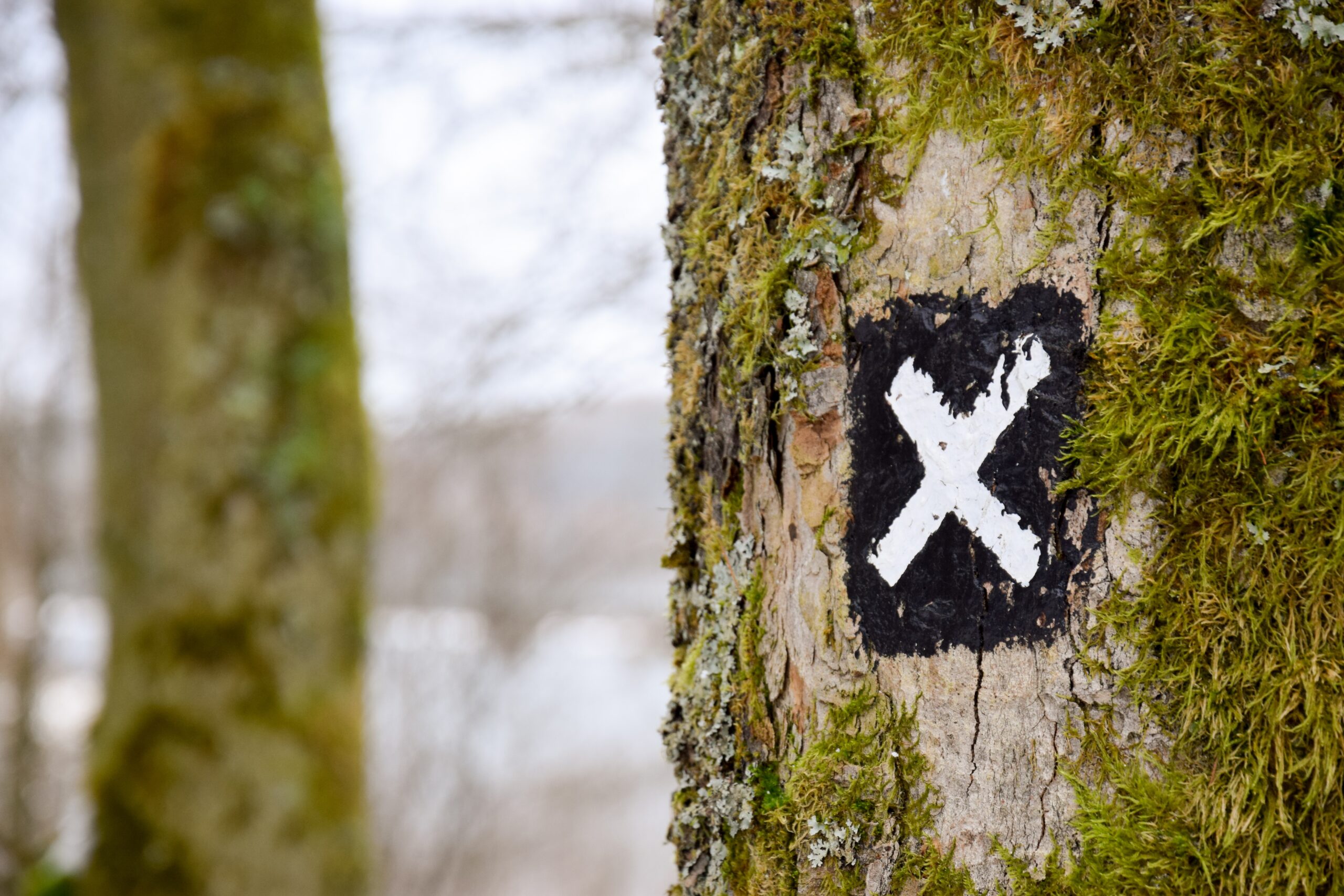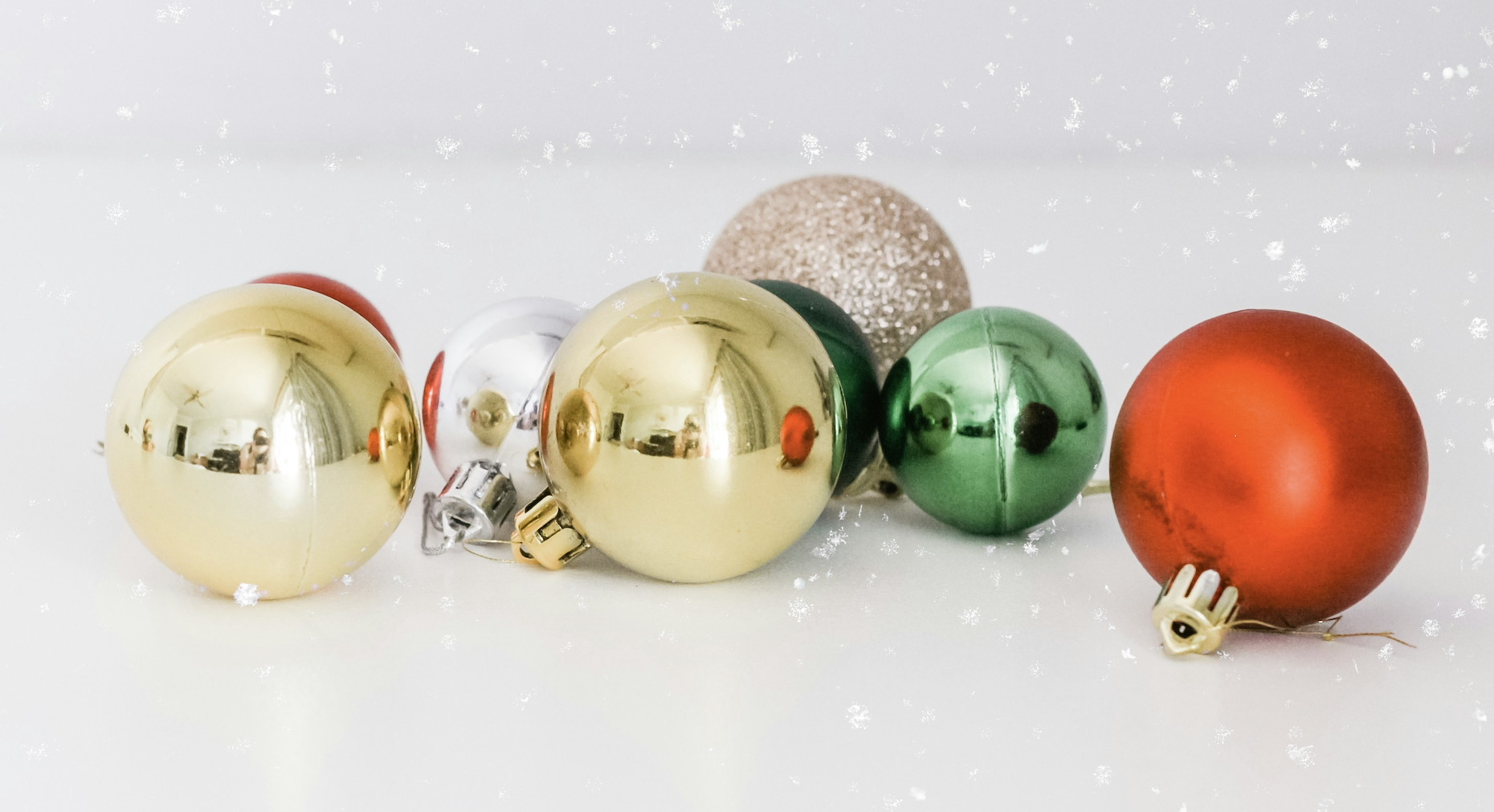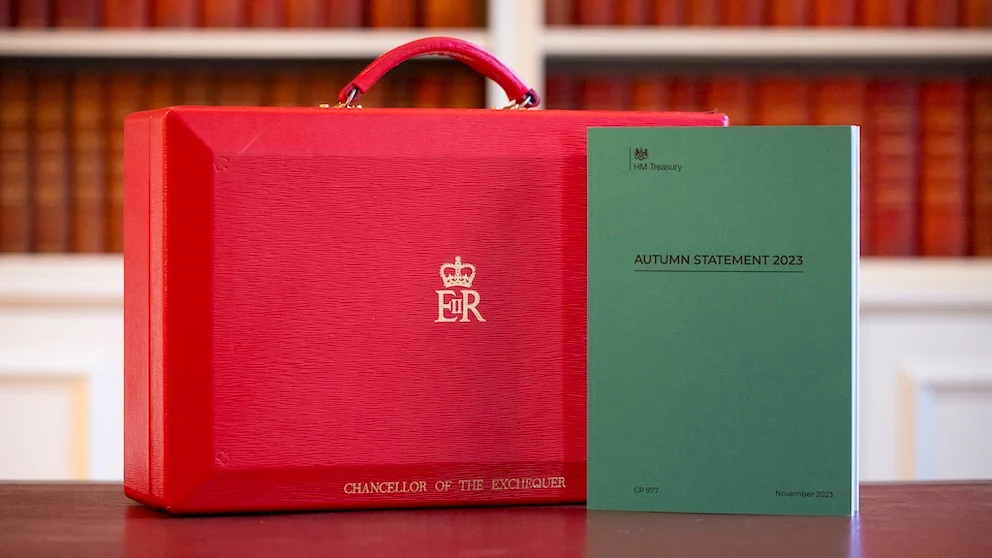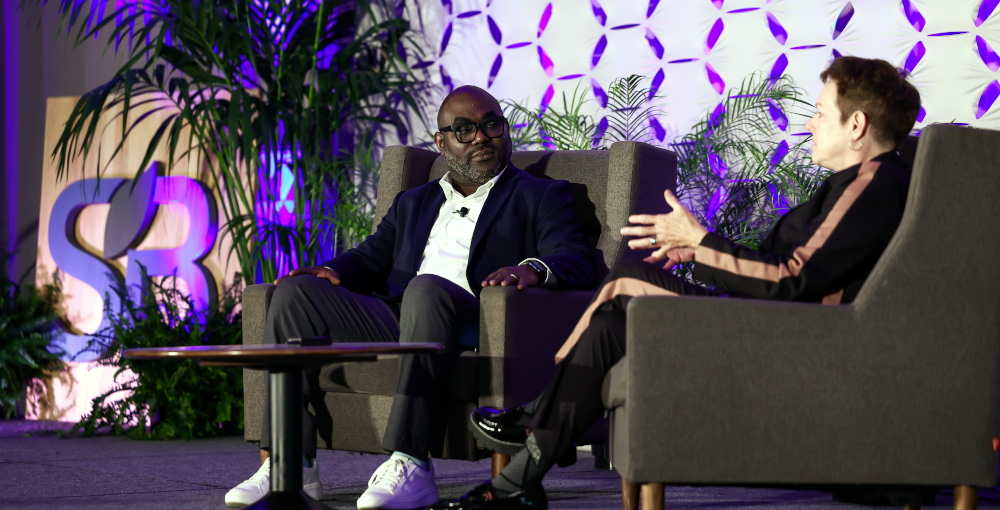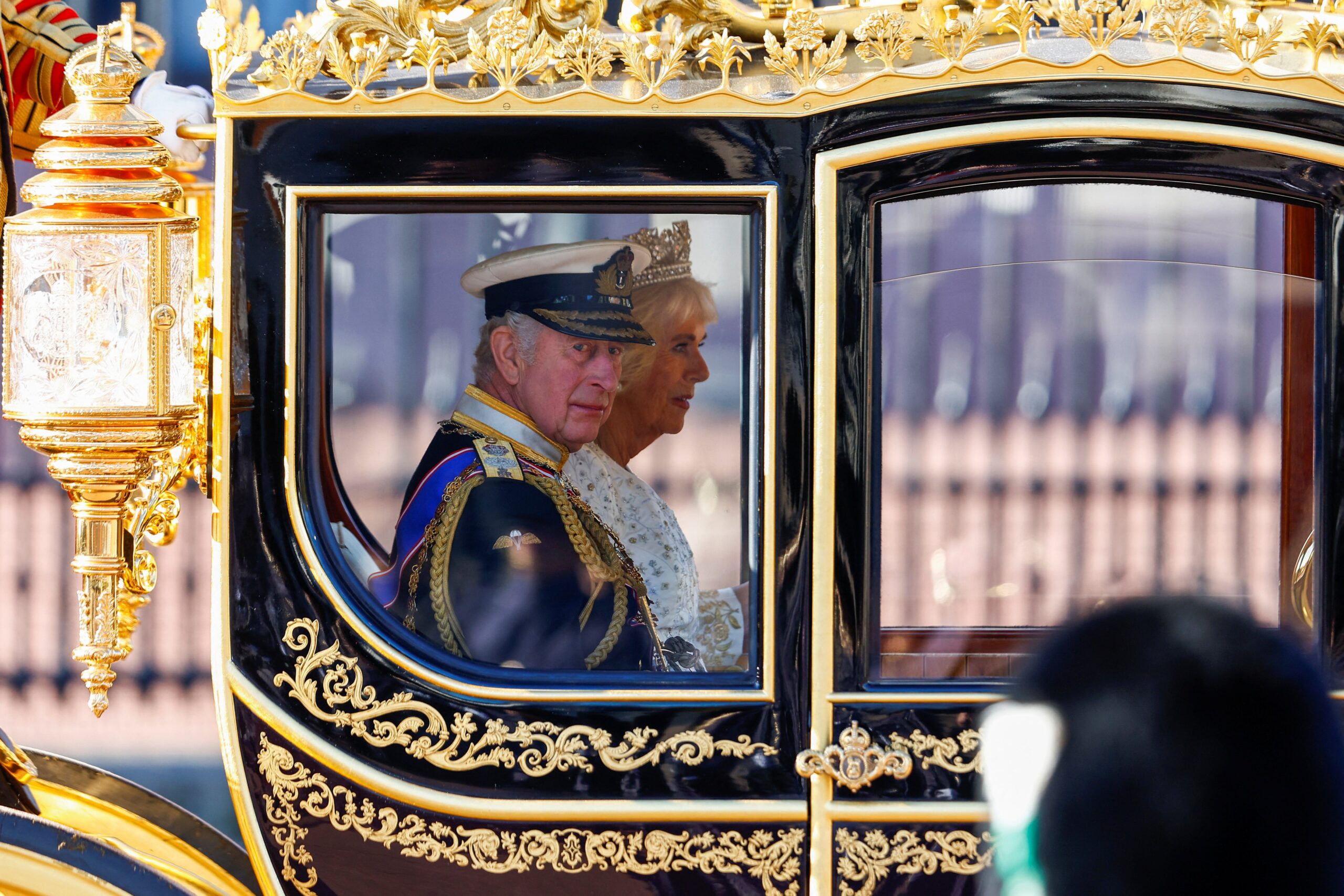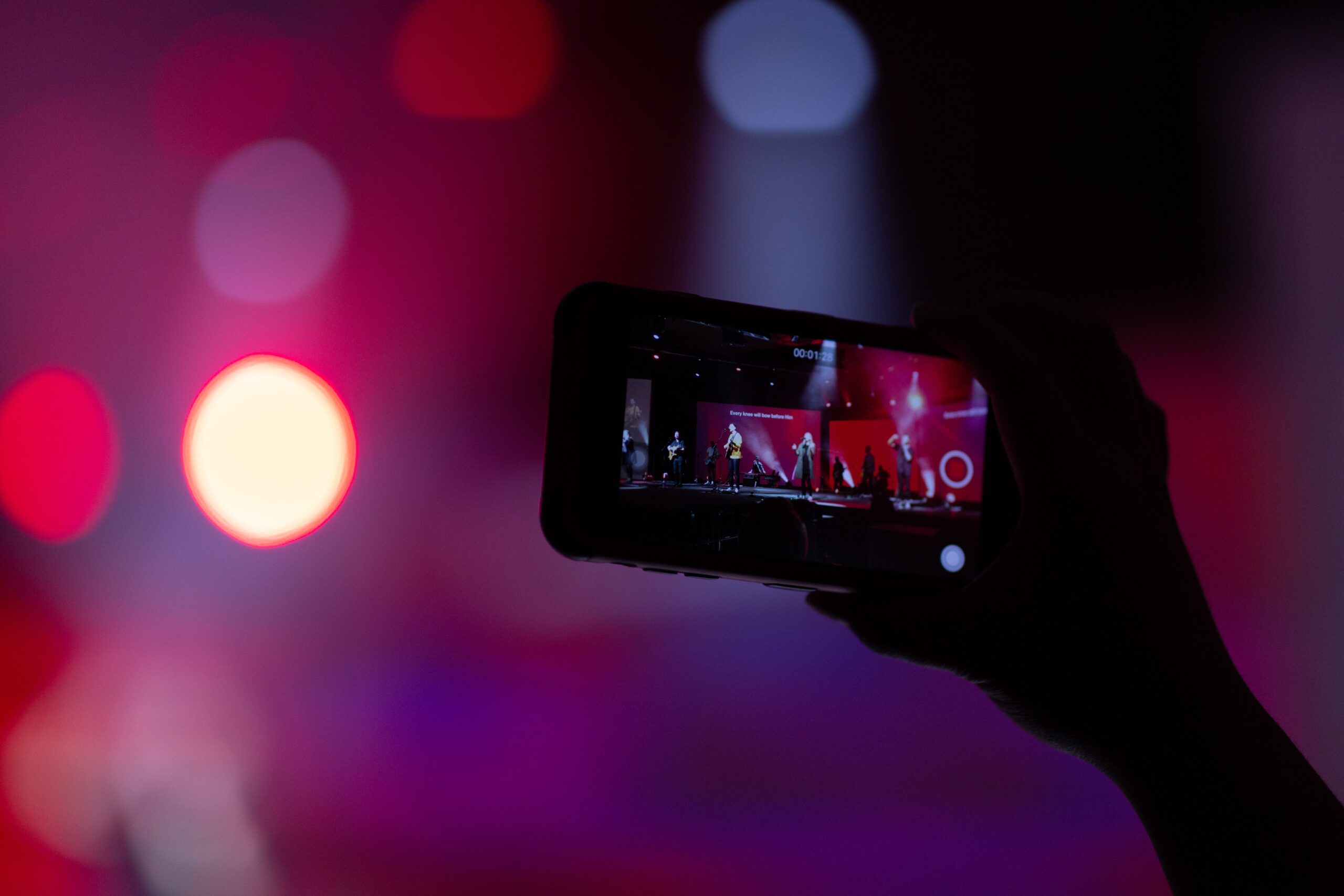Unless you’ve been living under a rock (or you’re not a slave to social media accounts – please teach me your ways), you’ll have seen that Twitter has undergone an inevitable next step in the great Musk takeover – a rebrand. Silicon Valley’s most polarising tycoon renamed the social network on Monday, nine months after taking over the company in a £38bn deal. The name change forms part of his plan to turn the platform into an “everything app” which will offer services akin to China’s WeChat and India’s PayTM.
Aside from the fact that the ubiquitous bluebird, whimsically comprised of 15 circles layered on top of each other to echo Twitter’s initial aim of democratising information and giving everyone a voice, it got us all twittering in the office this week about other brands who have sought to take on a brand new name, logo, perspective or even flavour – to both rapture and censure. In true cynical style, I’ve resurrected a few favourite misfires from the graveyard of bad rebranding to see how X, the artist formerly known as Twitter, might shape up in comparison.
Starburst
So-called since 1998, not one person polled across the R&B team confessed to calling the fruit-flavoured cubed sweets by its ‘modernised’ moniker. It’s Opal Fruits or broke, I’m afraid.
See also: Snickers, given an honourable mention here in the confectionery categories because all of our collected dads, grandads and boomer patriarchal figures still refuse to call it anything other than a Marathon bar.
Coca-Cola
To hear some tell the tale, 23rd April 1985 was a day that will live in branding infamy. On that day, The Coca-Cola Company took a monumental (spoiler: bad) risk in changing the formula for the world’s most popular soft drink. Launching ‘New Coke’ on an unsuspecting world sparked global outrage, with some even likening it to “trampling on the stars and stripes.”
At the time the cola category in general was lethargic – consumer preference for Coca‑Cola was dipping, as was consumer awareness, especially in response to glittering and aggressive campaigns by Pepsi (including one starring Michael Jackson).
While the brand still maintains on its website that it didn’t intend to create “the firestorm of consumer protest that ensued”, it did however listen to the notable outcry and reverted to the classic Coca-Cola in less than three months.
Even in hindsight, both outsiders and Coke consumers might see the recipe overhaul as a massive own goal for a brand usually seen as invincible, but even at an event held in 1995 to commemorate the 10 year anniversary of the ill-fated relaunch, then-chairman chief executive Roberto Goizueta defended it as an example of taking intelligent risks. I would be interested to check in in 2033 to gauge whether Mr Musk still thinks his X-ification was strategic or satiric.
All 4
Apparently the “new” name for 4od, Channel 4’s streaming service. “New” in quotation marks as the rebrand occurred eight years ago – and yet, the majority of R&B still google ‘4od’ when they need their Celebrity Gogglebox fix.
Coco Pops
No, we most definitely would not rather have a bowl of Choco Krispies. Kellogg’s’ beloved Coco Pops briefly became Choco Krispies in a bid to bring the brand in-line with other countries which carried this name – but the move didn’t go down well with UK children (nor adults, if we’re honest).
After a national outcry, Kellogg’s realised it had upset the sensitive British public who, more than anything, didn’t like that the Coco Pops monkey now had to squeeze an extra syllable into his jingle. The cereal giant set up a national vote and nearly a million people felt strongly enough to vote on the matter (including an 8-year-old yours truly), with an overwhelming 92% stating that the change was indeed a monkey on our backs.
Once again after mere months, Choco Krispies reverted back to being Coco Pops, and has remained so in the UK ever since. The lesson to learn here is that although a brand can hold an enormous amount of power, so can public opinion – and when sales (or in X’s case, usage) are at stake, there’s no arguing who the winner is.
Royal Mail
More like, Royal Fail… as the millennium celebrations approached, the Royal Mail decided it could do with a makeover and reject the stuffy old crown still attached to its brand. In early 2001 the new identity was announced – Consignia.
“The new name describes the full scope of what the Post Office does in a way that the words ‘post’ and ‘office’ cannot,” said then-chief executive John Roberts. The meaningless new name became a laughing stock and was served its papers after only sixteen months of sniggering. Roberts left the business and Consignia was consigned only to the history books.
But it’s not all bad. The aforementioned cola rival was once of course known as Pepsi-Cola and its shortened stamp has far more fizz, while KFC (its official brand name) hasn’t been referred to as Kentucky Fried Chicken in many circles since perhaps the 80s. Maybe a total brand repositioning and one-initial name will do wonders for X, proving concise and hyper-dynamic among emerging social platforms geared towards newness.
Yes it’s high risk, perhaps even amateurish, and it certainly smacks of pissing on something to mark your territory. But it’s also doing exactly what Elon Musk intended: generate enormous international interest, and pushing Twitter closer to his other X brands (e.g. SpaceX, Tesla Model X).
Plus it’s extremely annoying – and what could be more on brand for him than that?


